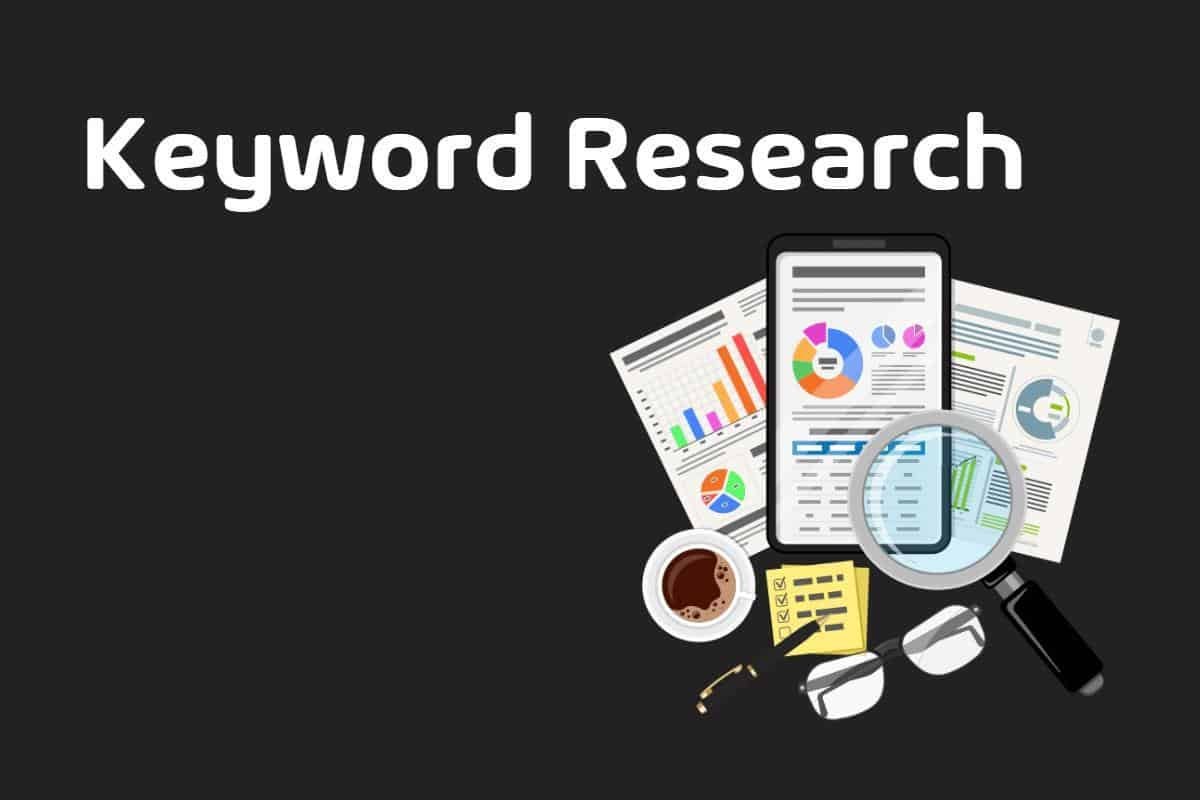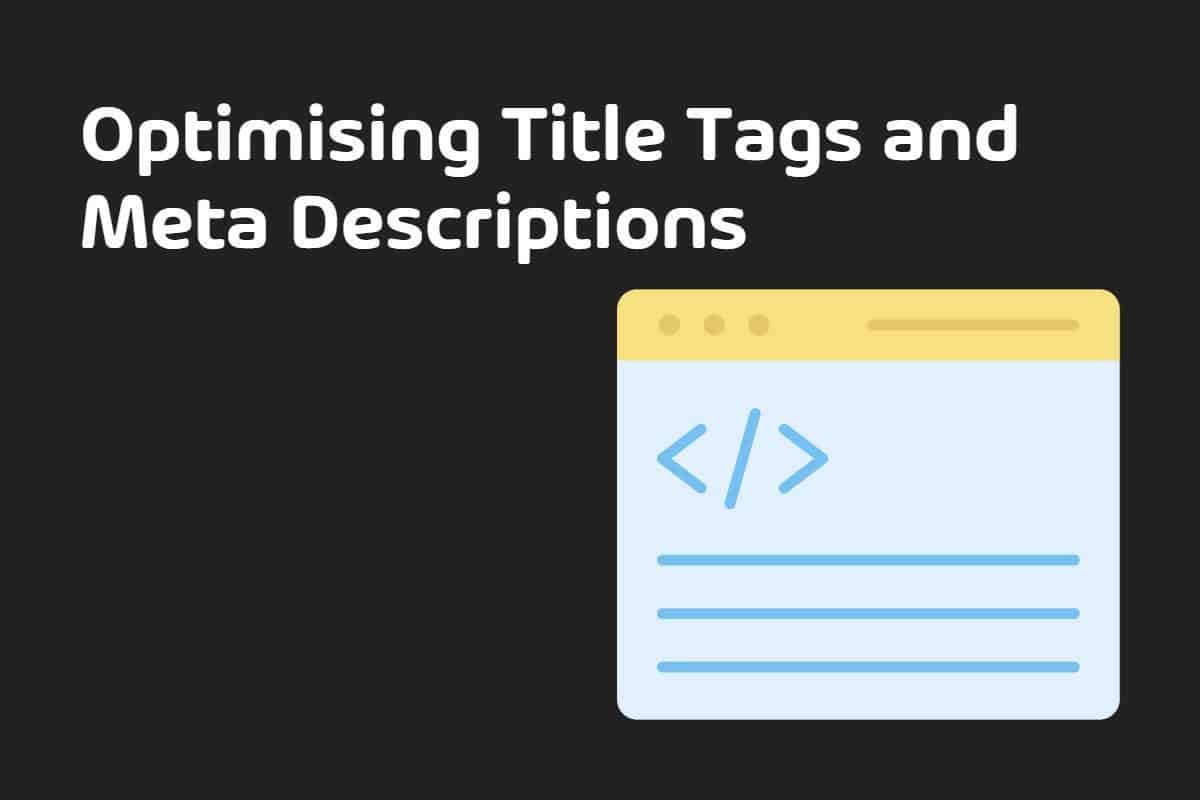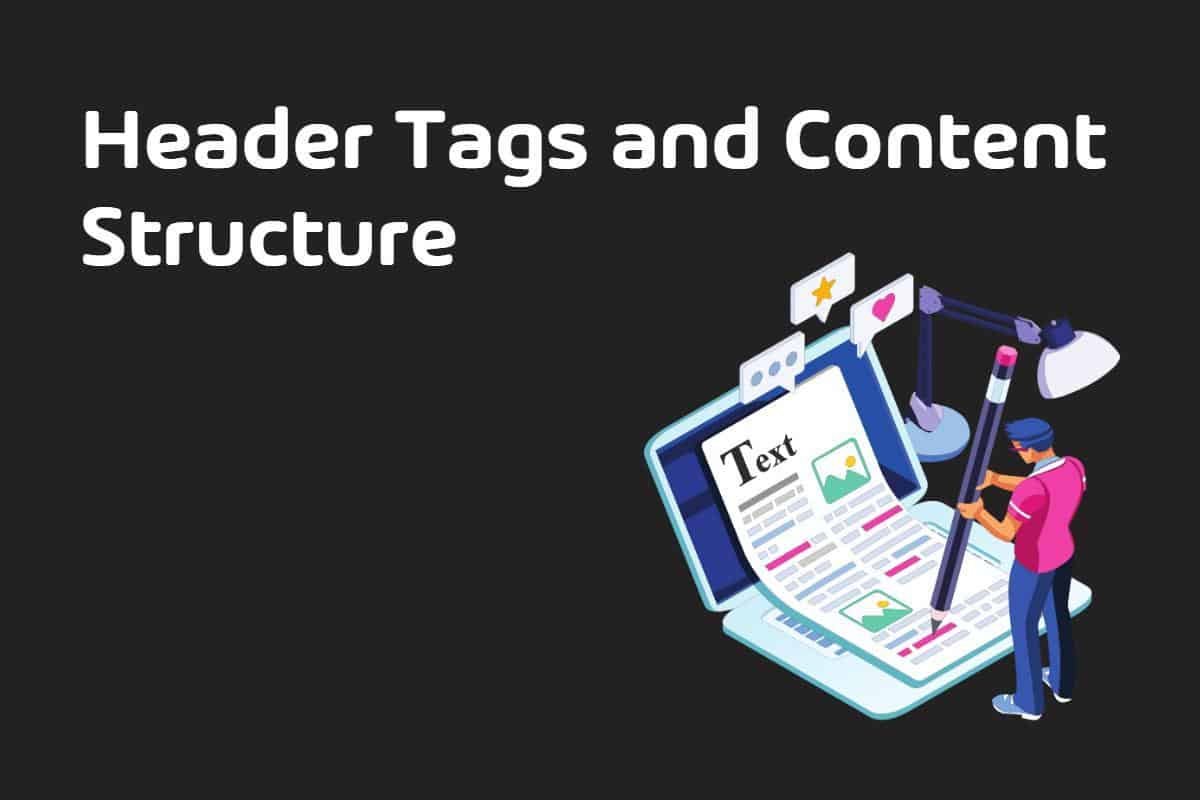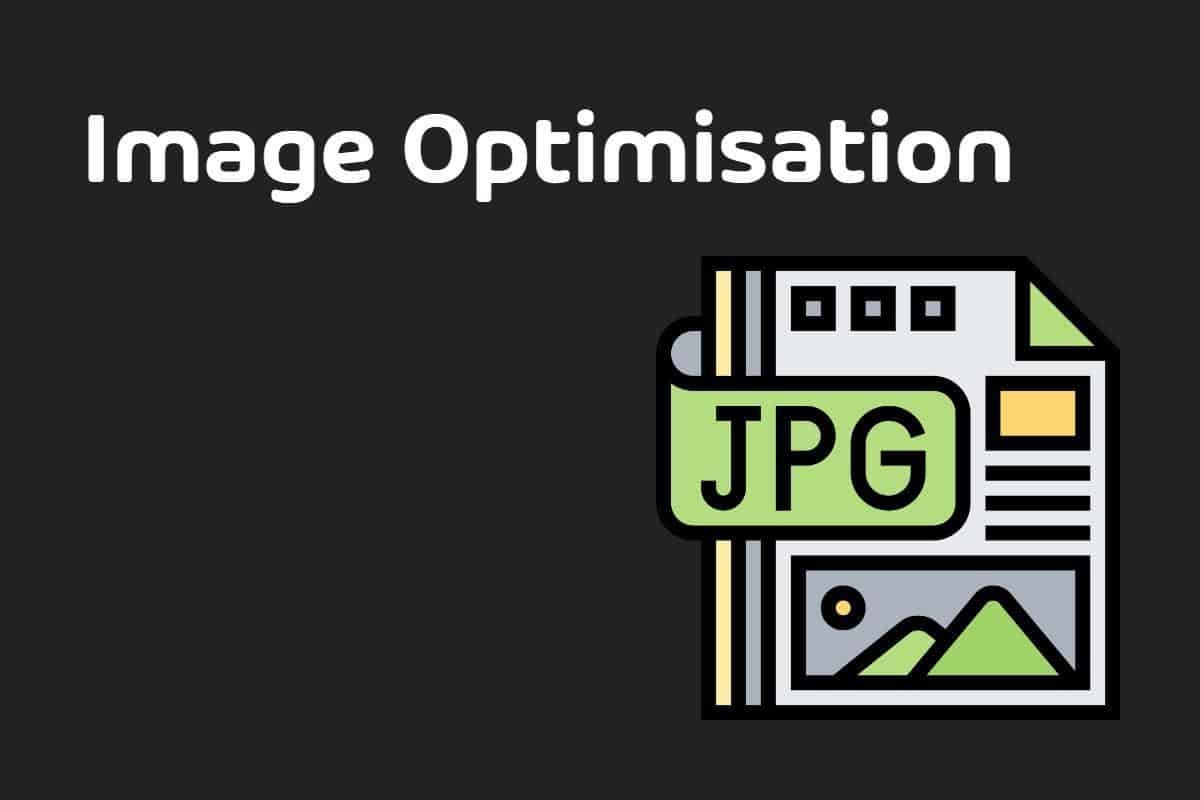Feeling overwhelmed by the world of SEO? Like you’re drowning in a sea of jargon and technical terms? Trust us, you’re not alone. The good news is, it doesn’t have to be that complicated.
We’ll show you how on-page SEO can help you rank higher and grow your business without spending money or hiring an expert. Let’s dive in and work through these on page SEO techniques!
Keyword Research

Do you know the saying, “If you fail to plan, you plan to fail”? That’s especially true in the world of site SEO. Keyword research is the foundation of any successful SEO strategy. It’s all about understanding what your potential customers are searching for online and making sure your web pages are ready to answer their questions.
Start by brainstorming long-tail keywords—those longer, more specific phrases that people are typing into Google. These gems have lower search volume but also less competition, making it easier for you to rank higher. Tools like Ahrefs, SEMRush, or Moz can help you identify the most valuable keywords for your niche.
Remember, it’s not about stuffing your content with keywords. That’s an old-school tactic that’ll get you nowhere fast. Instead, focus on search intent: what do people want when they search for those keywords? Make sure your content delivers that, and you’ll be golden.
Case Study: Dutch Food Website Quadruples Organic Traffic in 2 Years
Leuke Recepten is a Dutch food website with over 2 million visitors a month. A family runs it. The owners spend a long time doing keyword research before they publish a new recipe on the website. Each recipe and its keyword sits within a group or cluster of related keywords and receipts.
The recipes sit within categories to help search engines and visitors navigate relevant and related topics.
The business quadrupled their organic traffic within two years because of their process of keyword research, competitor analysis, and on-page optimisation.
Optimising Title Tags and Meta Descriptions

Think of your title tag and meta description as the ultimate first impression. They’re the snippets of text that show up on Google’s search results page, and they can make or break your click-through rates.
Keep your title tags punchy, clear, and relevant to the keyword you’re targeting. Include numbers or power words to make them even more irresistible. Optimised page titles are important allies in your optimisation plan
Meta descriptions are like mini sales pitches for your web page. Keep them under 160 characters, and make sure they convey the value of your content.
A good rule of thumb? Write your title tag and meta description like you’d write a tweet. Short, sweet, and impossible to ignore.
Case Study: SEOPressor Triples Click-Through Rate from Meta Description Test
SEOPressor ran three experiments to see if meta descriptions made a difference in their click-through rates from search results pages to their website.
Meta descriptions aren’t a ranking factor, but the way you write them is important. It does affect how many people click to visit your website. Their tips for writing meta descriptions are:
- Match the user intent of the keyword used in your meta description.
- Make sure the value and benefit of the page is clear in the meta description.
- Keep your meta description concise (i.e. below 155 characters).
- Use active voice in your meta description (not passive voice) to encourage clicks.
URL Structure and Breadcrumbs

Ever clicked on a link and instantly felt lost? That’s what happens when a website’s URL structure and breadcrumbs aren’t up to snuff. A good URL structure makes it easy for users and search engines to navigate your site. Breadcrumbs (those little links at the top of a web page) help users find their way back home.
Keep your URLs short, descriptive, and keyword-specific. And if you haven’t added breadcrumbs to your site yet, now’s the time. They’re a small but helpful part of on-page SEO that can make a big difference in user experience and rankings.
Case Study: QuickSprout Explains the Impact of URL Structure on Search Results
The URLs on your website are important, but not as important as they used to be, according to SEOSprout. Easy to understand URLs and breadcrumbs make it easier for visitors to find their way around your site.
Ultimately, this is a good sign for search engines because they see that people stay on your website for longer, visit more pages and read more.
Header Tags and Content Structure

Nobody likes a wall of text. Break up your content with header tags (H1, H2, H3) to make it easier on the eyes and help Google understand what your page is all about. Think of your H1 tag as the headline of your page—it should be clear, keyword-focused, and enticing.
As for your content, structure it in a way that makes sense to your readers. Use bullet points, numbered lists, and plenty of white space to make your content more digestible. And don’t forget to sprinkle in some internal links using ‘anchor text’ to other relevant pages on your site. These improvements make your site more attractive to search engines and keep visitors interested.
Make sure your content is engaging, useful, and researched to answer your target audience’s questions and concerns. By providing valuable information, you can establish yourself as an authority in your niche and build trust with your readers.
Also, make sure your content is easy to read and understand. Use simple language, short paragraphs, and avoid jargon whenever possible. This will make your content more accessible to a wider audience and improve the overall user experience.
Case Study: Web AIm Survey on Header Use and Page Structure
WebAim found that 67.5% of respondents in a survey said they liked to navigate through a web page using the headings on it. Good headings and subheadings make it easier for people to scroll through your page to find what they are looking for.
Image Optimisation

A picture’s worth a thousand words, right? Well, not if it’s slowing down your site or confusing Google. Image optimization makes sure your images load quickly and that search engines can easily understand them.
Choose the right image format (JPEG, PNG, or WebP) and compress your images to reduce file size without sacrificing quality. Don’t forget to use descriptive file names and alt tags that accurately describe the image content. Descriptive file names help Google understand what the image is all about. And they can even improve your chances of showing up in image search results.
Another aspect of image optimisation is making sure your images are visually appealing and relevant to your content. This can help keep your readers engaged and encourage them to share your content on social media. Remember, social media shares can indirectly influence your SEO by increasing the visibility of your content and attracting more backlinks.
Additionally, consider using infographics, charts, or other visual aids to present complex information in an easy-to-understand format. This can help your readers quickly grasp the key points of your content and increase the chances of them sharing it with others.
Don’t forget to add a relevant keyword to the ‘alt ‘text’ of your images. Al Text is the field you’ll see when you upload an image to your website. It’s a small but important optimisation to help your pages rank.
Case Study: Furnspace Doubles Its Sales Conversions After Image Optimisation Project
ScientiaMobile worked with online furniture and home decor company, Furnspace to optimise its images using the their image tool. A lot of their visitors did so through mobile devices. The large image sizes meant the pages were slow to load, which resulted in a high bounce rate.
After using their image tool, Furnspace’s page load time went down by 11 seconds, which resulted in double the amount of sales conversions.
Internal and External Linking

Ever heard the phrase “no man is an island”? Well, the same goes for your web pages. Building a strong network of internal and external links can do wonders for your SEO and user experience.
Internal links are those that connect your pages to one another, making it easy for users to navigate your site and discover more content. As for external linking, it’s all about finding high-quality, relevant sources to link to. This not only adds credibility to your content but also sends positive signals to Google that you’re part of a healthy online ecosystem.
Just remember, it’s not about linking for the sake of linking. Make sure your internal and external links provide value to your readers and help them find what they’re looking for.
Regarding internal linking, try to create a logical content hierarchy on your site. This means organising your content into categories and subcategories, and using internal links to guide users from general topics to more specific ones.
This can help Google understand the structure of your site and make it easier for users to find the information they need.
For external linking, remember that quality matters more than quantity. Focus on linking to reputable, authoritative sites that are relevant to your niche. This linking can help improve your site’s credibility and trustworthiness in the eyes of both users and search engines.
Case Study: Internal Linking Experiment by Niche Pursuits
Niche Pursuits ran an experiment where they only built internal links on their website and did nothing else. They found that over 76% of their posts improved their ranking positions because of the exercise.
Case Study: The Upper Ranks Experiment Shows the Impact of No Backlinks
SEO agency, The Upper Ranks, ran an experiment where they created a new website which had content only on it, and they didn’t build any backlinks to it. Then, after a year, and very little traffic, they began building backlinks. The results were extraordinary.
Watch this video by Google about links!
Mobile-Friendliness and Site Speed

Let’s face it: we live in a mobile-first world. If your site is unoptimised for mobile devices and loads slowly, you’re leaving money on the table. Providing a responsive design that looks great on all devices is crucial, as is optimising your site’s speed for better performance and higher rankings.
Google and other search engines prioritise fast-loading sites that provide a smooth user experience. That’s why it’s essential to compress images, minify code, and invest in reliable hosting to keep your site running like a well-oiled machine.
Consider speeding up your site and making it more accessible for mobile devices with Accelerated Mobile Pages (AMP). AMP is a combination of HTML and CSS that makes it look and work like a regular webpage. Google-backed project designed to make web pages load faster on mobile devices.
By implementing AMP, you can improve your site’s load times and increase the chances of users engaging with your content.
Moreover, keep an eye on Google’s Core Web Vitals, a set of metrics that measure the user experience on your site. These metrics include Largest Contentful Paint (LCP), First Input Delay (FID), and Cumulative Layout Shift (CLS).
Optimising for Core Web Vitals makes your site meet Google’s standards for a quality user experience and improves your search rankings.
Case Study: Searchengineland Shares 3 Case Studies on the Impact of Mobile-Friendliness
Searchengineland highlights the huge impact page speed and mobile-friendliness have on your web rankings. The faster your pages load, the better the impact. If your web pages load fast, you’ll have fewer bounces, improved time on page, and more visitors to your site.
Useful Links:
- https://search.google.com/test/mobile-friendly
- https://developers.google.com/speed/pagespeed/insights/
- https://pagespeed.web.dev/
Schema Markup and Rich Snippets

Ever seen those fancy search results with star ratings, images, or additional information? Those are called rich snippets, and they’re made possible by schema markup—a type of code that helps search engines better understand your content.
Implementing schema markup and rich snippets can improve click-through rates, boost your rankings, and make your site stand out from the competition. Plus, it’s a fantastic way to provide more information to your users and show off your expertise without cluttering up your web pages.
When implementing schema markup, focus on the types of rich snippets that are most relevant to your content and target audience. Some popular types of schema markup include:
- Review and rating schema: for displaying user reviews and ratings of products or services
- FAQ schema: for showcasing frequently asked questions and their answers
- Recipe schema: for presenting detailed information about recipes, such as ingredients and cooking times
Keep in mind that schema markup is just one piece of the puzzle. Keep working on on-page SEO factors and make high-quality, useful content that meets your target audience’s needs.
Case Study: Simplified Search Shows the Positive Impact of Schema Markup
Simplified Search looked at studies showing the impact of product schema markup on several websites. They saw huge increases in impressions, clicks, organic users, and organic sessions because of the addition of schema markup to product pages.
Bonus: Avoiding Common On-Page SEO Pitfalls
As you implement these on-page SEO techniques, be mindful of some common pitfalls that can negatively impact your SEO efforts. For example:
- Avoid keyword stuffing: Overusing your target keywords in your content can result in a bad user experience and may lead to penalties from Google.
- Don’t overlook technical SEO: While on-page SEO is crucial, it’s only one part of the puzzle. Make sure you fix technical issues like broken links, duplicate content, and slow page load times. This work provides a better user experience and higher search engine rankings.
- Don’t prioritise quantity over quality: Creating a large volume of low-quality content won’t help your SEO efforts. Instead, focus on producing fewer, high-quality pieces that provide real value to your audience.
- Steer clear of black hat SEO tactics: Unethical techniques like cloaking, hidden text, or spammy backlinks might provide short-term gains. But they can lead to severe penalties from Google and damage your site’s reputation in the long run.
Additional On-Page SEO Techniques to Consider
As you improve your site, try these additional on-page SEO techniques to improve your rankings and user experience. Some of these techniques include:
- Multimedia Content: Including videos, podcasts, and other multimedia content can help engage your audience and increase the time they spend on your site. This can send positive signals to search engines and boost your rankings.
- Content Updates: Regularly updating your content makes sure it remains fresh and relevant, which can help maintain or improve your search rankings over time. Make a habit of revisiting older content to update information, add new insights, or fix any outdated links.
- Social Sharing Buttons: Make it easy for your readers to share your content on social media by including prominent sharing buttons on your web pages. While social media shares don’t directly impact SEO, they can help increase your content’s visibility and attract more backlinks.
- User-generated Content: Encourage user-generated content, such as comments, reviews, or forum posts. This can help foster a sense of community around your site, provide fresh content for search engines to index, and increase user engagement.
- Voice Search Optimisation: As voice search becomes more popular, improve your content for voice queries by using conversational language, and answering common questions. Incorporate long-tail keywords that users are likely to use.
Final Thoughts
There’s no one perfect way to improve on-page SEO. Use these on page SEO techniques and avoid pitfalls to improve your search rankings and get organic traffic.
Be patient. SEO results take time. Stay updated to stay competitive.
Now that you’re armed with these on-page SEO techniques, it’s time to roll up your sleeves and start optimising. With persistence and dedication, you can get higher rankings and more traffic without expensive courses or services. Best of luck!
Wrapping it all up
Phew! We made it. Now you’re equipped with a solid understanding of on-page SEO techniques that can help you rank higher, drive more traffic, and grow your business. With a little time and effort, you’ll be well on your way to becoming an SEO ninja—no expensive course or guru needed.
So, what are you waiting for? Start optimising your web pages and watch your site climb the ranks.
There are plenty of places to learn more and connect with other SEO enthusiasts. This includes forums, social media communities, and resources. Happy optimising!
FAQs about On Page SEO Techniques
What are on and off page SEO techniques?
On-page SEO techniques improve a website’s search engine rankings and visibility by doing things within the website itself. You can optimise your website by using techniques like:
- creating good title tags, meta descriptions, and header tags
- Structuring URLs correctly,
- Using well-researched keywords,
- Improving your content quality
- Good internal and external linking,
- image optimisation, mobile-friendliness, and site speed.
Off-page SEO techniques, on the other hand, involve strategies employed outside a website to enhance its online reputation, authority, and search engine rankings.
Common off-page SEO practises include building high-quality backlinks, social media marketing, influencer outreach, guest blogging, and online reputation management.
Both on-page and off-page SEO techniques work together to improve a site’s overall search engine performance and organic traffic.
What is a list of 5 on page SEO techniques?
- Keyword Research: Identify relevant, high-traffic, and low-competition keywords to target in your content, making sure it aligns with user search intent.
- Title Tag and Meta Description Optimisation: Make good title tags and meta descriptions for your website that:
- Have your target keywords
- Describe your content
- And encourage users to click your website in search results.
- Header Tags and Content Structure: Use header tags (H1, H2, H3, etc.) to organise content into a hierarchy. This work makes it easy for users and search engines to understand and navigate.
- Image Optimisation: Compress and resize images to improve page load speed and file size. Use file names and alt tags to help search engines understand the content and context of your images.
- Internal and External Linking: Link to relevant internal pages on your website to improve user experience and help search engines understand your site’s structure. Also, link to authoritative external sources to provide additional value to your readers and improve your site’s credibility.



